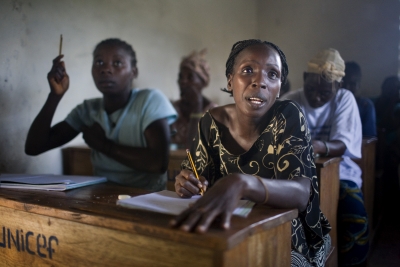What do we know about peacekeeping during the Cold War?

The UN was not able to stop wars during the Cold War. Many large and small conflicts emerged everywhere that called for serious actions. The UN kept watch over the places with tension and even arranged ceasefires. It also placed neutral troops between the hostile sides hoping to keep them from fighting each other.
Twelve observer and peacekeeping forces were sent to conflict affected areas between 1948 and 1988. Half of them were sent to the Middle East. But, the UN Security Council never tried to use force to make peace among the warring parties. As of February 2009, there have been 63 UN peacekeeping operations since 1948.
Picture Credit : Google













